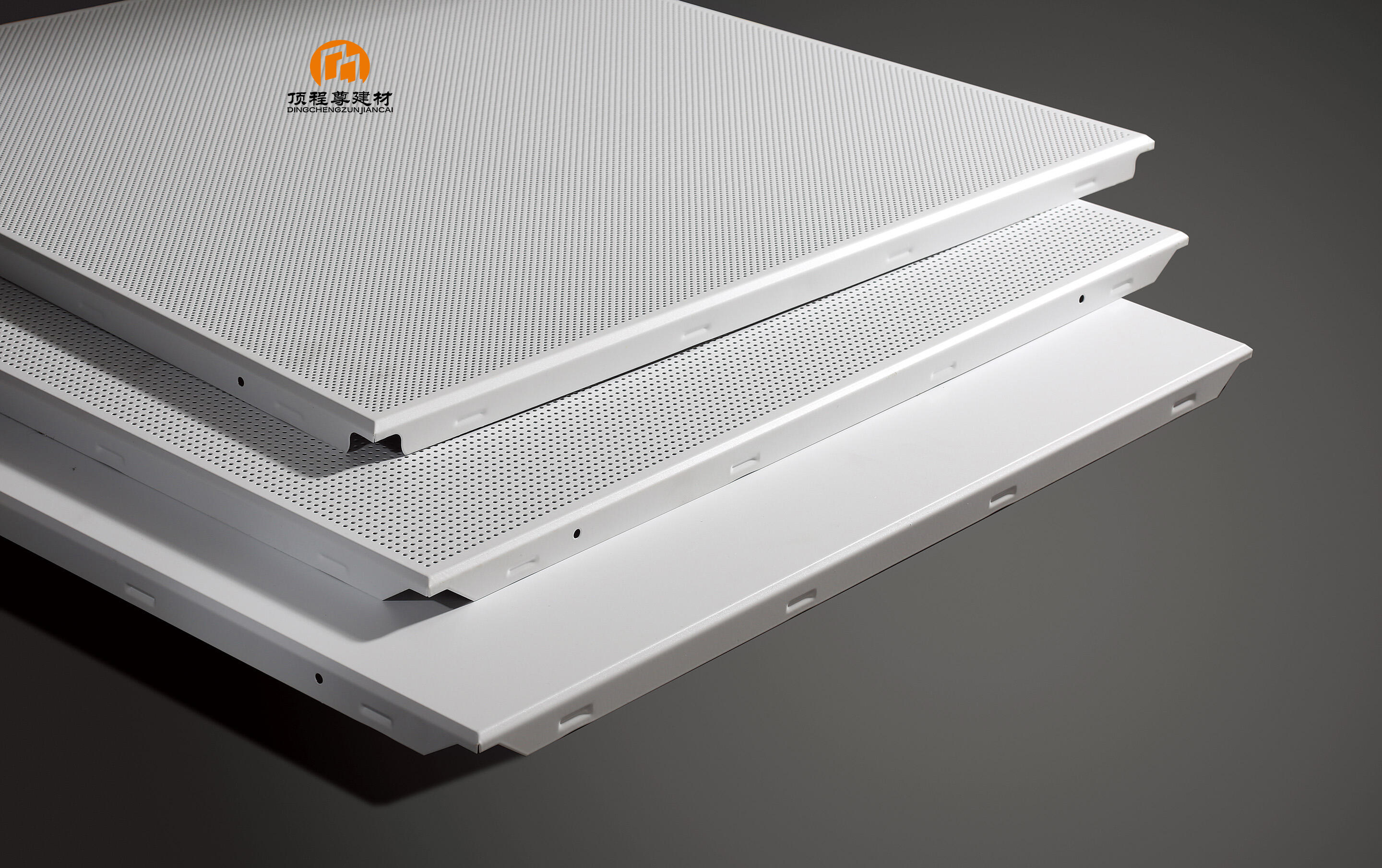aluminium baffle ceiling
Aluminium baffle ceiling systems represent a cutting-edge architectural solution that combines aesthetic appeal with exceptional functionality. These innovative ceiling systems consist of vertical panels manufactured from high-grade aluminum, precisely engineered to create striking linear designs while offering superior performance characteristics. The system's fundamental structure comprises parallel aluminum blades mounted on a specialized carrier system, allowing for seamless integration of lighting, HVAC, and other building services. The versatility of aluminum baffle ceilings makes them particularly suitable for both interior and exterior applications, offering designers the freedom to create unique visual effects while maintaining practical functionality. These systems excel in acoustic management, providing effective sound absorption and reflection control in large spaces. The aluminum construction ensures durability and longevity, with panels that resist corrosion, moisture, and temperature variations. Modern manufacturing techniques allow for various finish options, including powder coating, wood-grain effects, and metallic surfaces, enabling architects to achieve their desired aesthetic vision while maintaining the structural integrity of the ceiling system.


